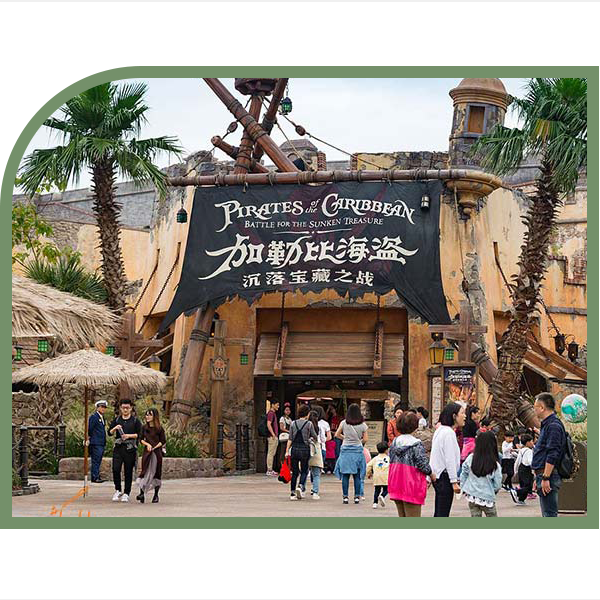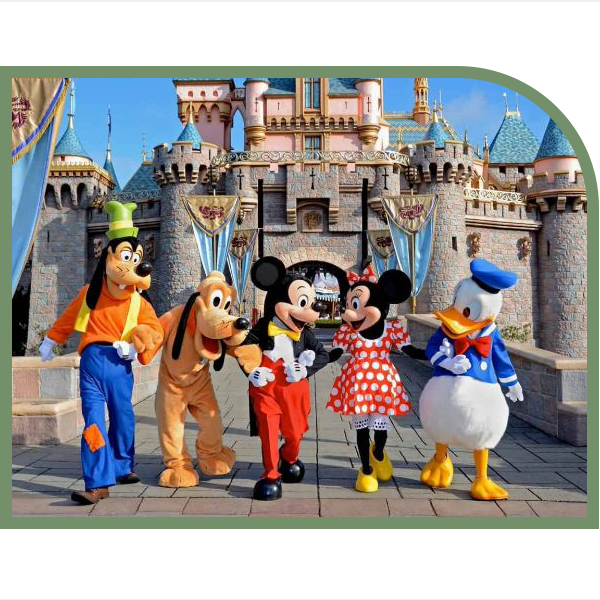

Theme parks design is the magic allowing you to step into a world where pirates loot Caribbean cities, courageous adventurers explore abandoned temples, and superheroes hang over skyscrapers of New York to defeat criminals. This book is about how to design these magical places and the art of creating them. The first volume of this book series is translated into Persian in six chapters as follows, and the second volume will be translated soon.

Chapter 1/Medium: This chapter defines thematic design, thematic entertainment, and theme park and reviews their history, product, and the reasons behind them.
• Chapter 2 / Business: This chapter reviews the business model of the themed entertainment industry and argues that designing a good-themed attraction would be be financially sustainable.
• Chapter 3/Process: This chapter describes the complete design process of a thematic project: from the skyline design to the post-opening of the park and the people and crew involved in each step.
• Chapter 4/Theme: This chapter describes the difference between the manifestation theme, dramatic theme, and the physical theme such as: styles, content, and their execution in different designscales.
• Chapter 5/Story: Explores the creation of a story for a thematic experience that considers the guest as a character,making experience, combining content, adapting intellectual property, writing, and storytelling techniques to communicate with the audience.
• Chapter 6/ Design: This chapter describes the techniques used in thematic design regardless of scale. From the theme park design styles to techniques such as forced perspective, correction, and enhancement to key disciplines defining the structure.
Themed design is defined as creation of a multi-dimensional narrative experience that is unified by a theme. Unlike a movie or video game, it is multi-dimensional as the experience takes place in a physical space. It is a story as there are narrative components that separate the magic from reality. And it is experiential as every element that the guest encounters, however large or small, major or minor, would affect their understanding. It affects all the guests. Here there is a theme in line with that and connects experiences.

Finally, this book is not about how to design in general, but how to build theme parks. One should already understand the basic knowledge and skills in designing. This book will not discuss color palettes, composition, and other fundamental elements of design, nor will it cover all the disciplines involved. Instead of addressing the basic knowledge of architecture, lighting design, or illustration, this book aims to explain how these disciplines are adapted and applied to theme parks, along with the features of the theme park medium. How to write is not taught in this book, but it teaches how to write stories for themed entertainment. While this book is written with theme parks in mind, design ideas woul be useful for all types of themed entertainment, including attractions, hotels, restaurants, shops, amusement parks, educational parks, water parks, and more.